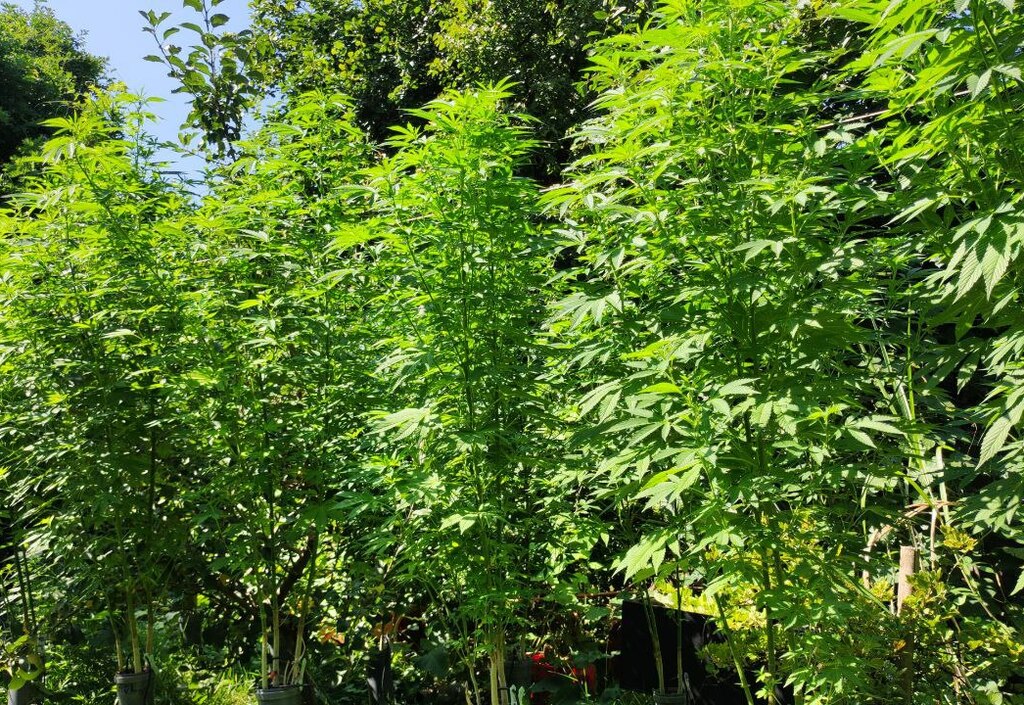

In contrast to conventional agriculture, where enormous amounts of water and nutrients are often used inefficiently—leading to significant losses, environmental pollution, and long-term soil degradation—modern hydroponics focuses on maximum resource efficiency and sustainability.
In hydroponic systems, not a single drop of water is wasted: all irrigation water circulates in a closed loop, continuously monitored, filtered, and treated as needed.
State-of-the-art nutrient management:
The nutrient solution is precisely tailored to the needs of each plant species and adjusted in real time. Sensors continuously measure the EC value (electrical conductivity, as an indicator of nutrient concentration), pH value, temperature, and oxygen content of the solution. Plants absorb only the nutrients they actually need—excess nutrients are not released into the environment but remain in the system and can be readjusted. As a result, nutrients are not wasted but used efficiently.
Substrate and system maintenance:
The hydroponic substrate used (e.g., expanded clay, rock wool, or coconut fiber) can be automatically cleaned and sterilized after each cultivation cycle. It is then specifically enriched with the optimal nutrients for the next crop and is immediately available for the next growing cycle. This not only reduces material consumption but also prevents the transmission of diseases and pests.
Individual system customization:
Hydroponic systems are always custom-designed for each plant species and its specific requirements. Parameters such as root space, plant spacing, nutrient composition, light intensity and spectrum, humidity, and temperature are individually optimized for each crop. For example, strawberries require a different root environment and nutrient profile than tomatoes or chilies. Factors such as plant height, weight, and wind resistance are also considered in the design of the support systems.
Automated monitoring and control:
The returning water (drainage) is continuously analyzed. Sensors detect changes in nutrient composition, pH value, or possible contaminants. If deviations are detected, parameters are automatically adjusted to ensure optimal growth conditions at all times. Rainwater can also be integrated into the system, filtered, and used as an additional resource or diverted as needed.
Water generation and energy supply:
Especially in regions with water scarcity—such as strawberry cultivation in desert areas without access to groundwater—every drop counts. Here, modern, solar-powered water generation systems are used, operating around the clock (24/7) to extract usable water from humidity or rainwater and feed it into the hydroponic systems. Energy is supplied by high-performance solar modules with battery storage, enabling operation independent of the power grid.
Conclusion:
Through these highly developed, automated, and data-driven systems, not only is resource consumption drastically reduced, but yields and plant quality are also maximized. Hydroponics thus represents a forward-looking, sustainable, and scientifically based form of plant cultivation that can be used worldwide—even under extreme environmental conditions.
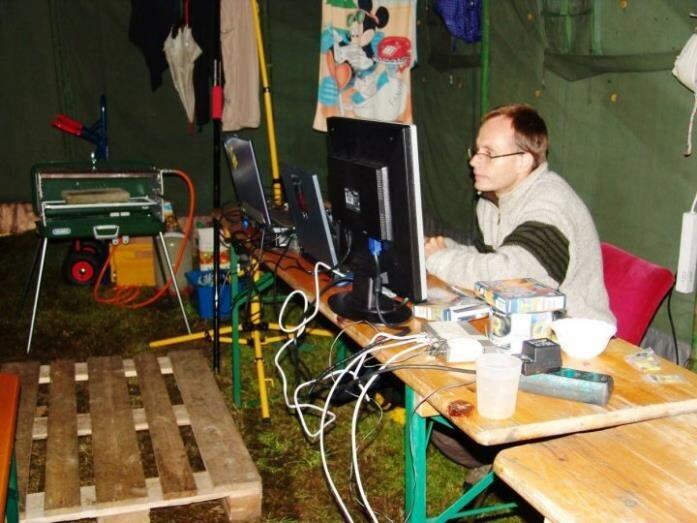
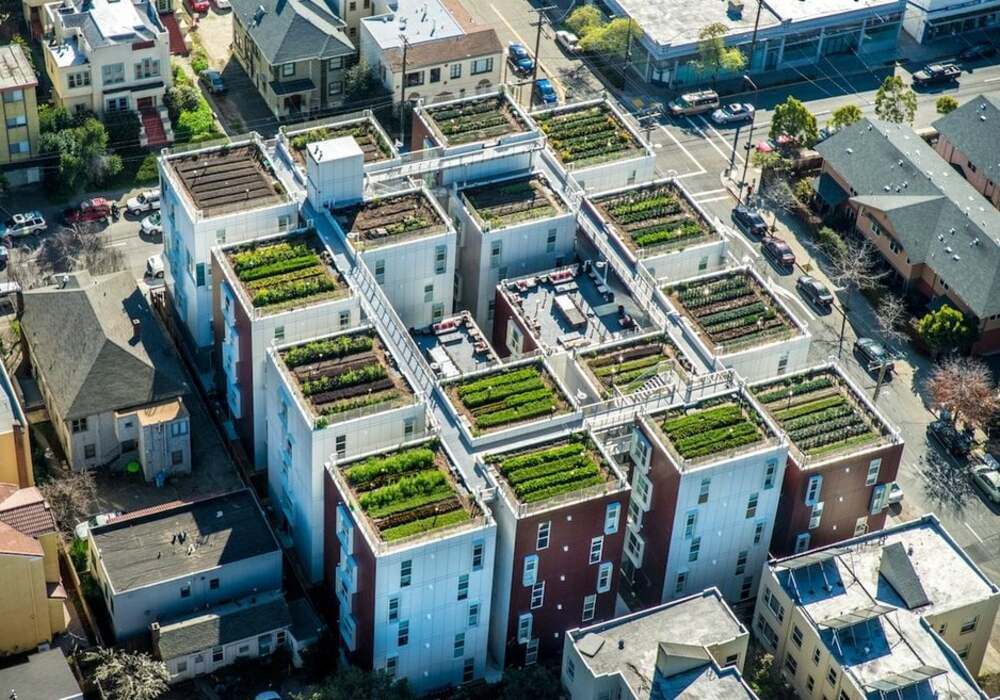
Using rooftops as productive spaces is always a good idea.
Operating a rooftop farm in the city is both relaxing and rewarding. However, in some major cities with high levels of air pollution, it may be more advisable to focus on growing ornamental plants or flowers rather than edible crops. Generally, rooftops are better protected against crawling pests, but they are often exposed to higher wind speeds, which should not be underestimated.
The sunny location of a rooftop garden provides an excellent foundation for plant cultivation. Additionally, the plants shade parts of the roof, helping to improve the building’s indoor climate by cooling the roof surface and enhancing thermal insulation.
For all rooftop installations, one rule always applies: Safety first. The building’s structural integrity, the load-bearing capacity of the roof, and safe access must be carefully assessed before setting up a rooftop farm.

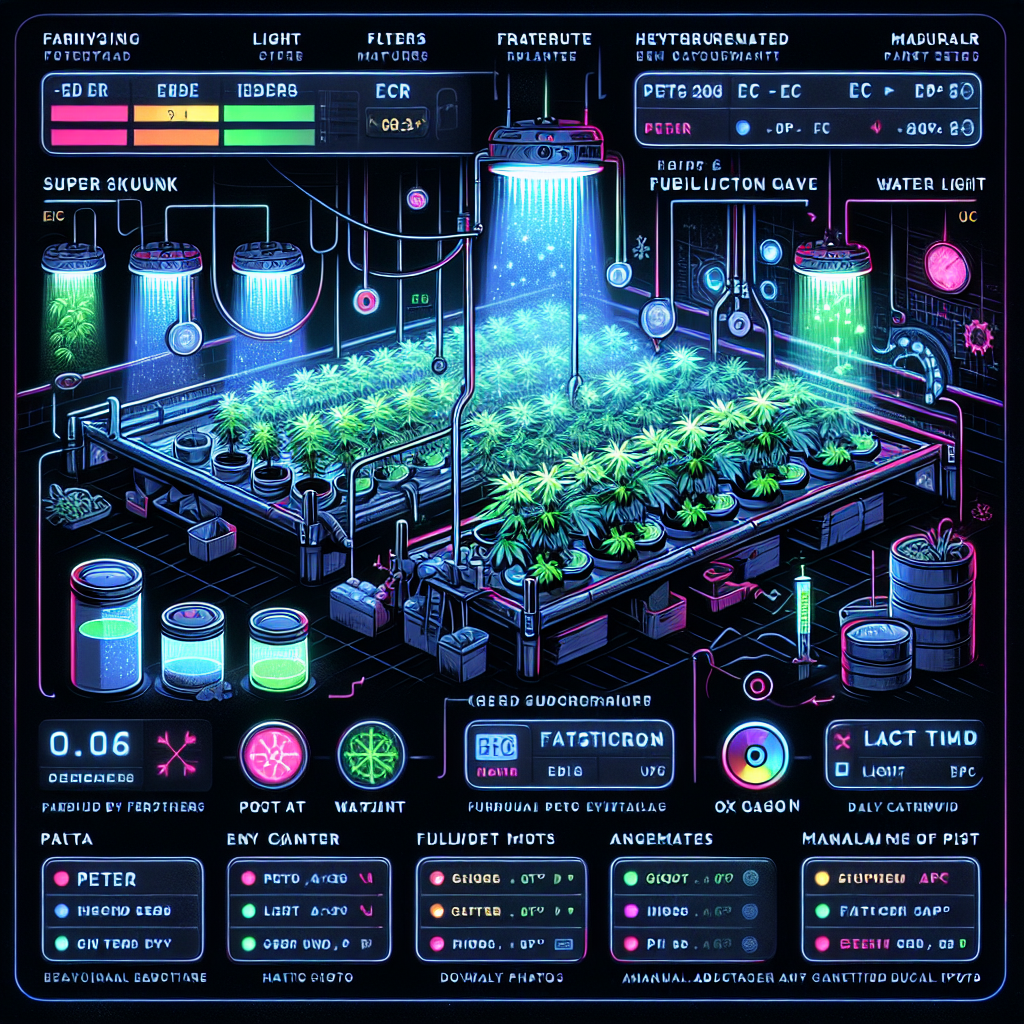
Curtain up for the BUSCHITUT Private Institute and its revolutionary department: "Grow-2-Gether"!
We are redefining plant cultivation – from the hottest chili to the sun-ripened tomato, from aromatic basil to the high-yielding cucumber. "Grow-2-Gether" is not just a platform; it's a movement that pools the knowledge and experience of gardeners worldwide and makes it accessible to everyone.
Imagine:
The Pioneer Gardener (e.g., Peter): Peter decides to grow a demanding chili variety, let's say a 'Carolina Reaper,' in a hydroponic system in the greenhouse. He uses our "Grow-2-Gether" hardware:
The Ambitious Follower (e.g., Susi): Susi also wants to grow 'Carolina Reaper,' but perhaps has different lighting conditions or wants to work outdoors with supplemental pot irrigation.
The Tomato Enthusiast (e.g., Ahmed): Ahmed wants to grow the perfect 'San Marzano' tomato for his sauces. He might start with a basic tomato template or, if available, an already optimized 'San Marzano' template from another user. He documents his cultivation in a raised bed with automatic drip irrigation, measures soil moisture, soil pH, and nutrient additions. His photos and data also flow into the cloud. When he changes the fertilizer brand, a new variation emerges.
The Herb Fairy (e.g., Lena): Lena wants to optimize her 'Genovese' basil on the balcony. She uses a smaller version of the system, focusing on light hours, water quantity, and perhaps a simple EC test of the drainage water. Her experiences and visual comparisons also help to refine specific templates for herbs in urban environments.
With every plant, every gardener, and every variation, our data treasure grows:
Detailed Analysis: We can evaluate which light combination produces the best yield for which chili variety at which growth stage. Which EC curve optimizes fruit formation for tomatoes. Which fertilization schedule is most efficient for basil in a pot.
Resource Management: Energy expenditure for lighting, water consumption, fertilizer costs – all of this becomes transparent and comparable.
Predictability: Based on thousands of successful (and less successful) grows, we can create yield forecasts.
Auto-Generated Optimal Templates: The ultimate goal! With sufficient data, "Grow-2-Gether" can create an automatically generated, optimal master template for a specific variety (e.g., 'Habanero Orange') and cultivation method (e.g., 'Indoor Soil with LED'). This template represents the scientifically sound, community-tested "Golden Path" from seed to harvest. It considers common problems and proactively suggests adjustments.
The BUSCHITUT "Grow-2-Gether" is more than just technology. It's a philosophy.
Democratization of expert knowledge: Anyone can learn from the best and become an expert themselves.
Continuous improvement: Every variation is a learning step for the entire community.
Sustainability: We protect the environment through optimized use of resources.
Sharing passion: Gardening together, learning from each other, and celebrating successes.
Doesn't that sound like the future of cultivation – whether it's chili, tomato, herbs, or 420... The BUSCHITUT "Grow-2-Gether" makes it possible!

The time trap of tech development for modern plant breeding:
Why technology-based plant breeding consumes decades and millions.
A look behind the scenes of an industry where nature sets the pace of innovation.
Hydroponic agriculture is considered a future technology for food production. But while other high-tech industries are continually shortening their development cycles, hydroponics is grappling with a fundamental paradox: "The slower the culture, the longer the technology development time."
Dthe biological bottleneck:
At its core is a simple truth: plants follow their own schedule. While software developers can correct errors in real time, every adjustment in hydroponics sometimes requires a full growth cycle for validation. This biological constant cannot be significantly accelerated by any technology.
The consequence:
What takes hours in other industries stretches over months here.
Every hypothesis, every optimization, every error – everything is subject to the dictates of plant growth.
The exponential function of complexity:
Modern hydroponic systems monitor hundreds of parameters simultaneously. The theoretically possible interactions between these variables quickly exceed all imagination. What works on paper can lead to unexpected chain reactions in practice that only become apparent after several growth cycles.
# This complexity multiplies over time: A seemingly harmless adjustment can have effects that only become apparent months later and then require further months to correct. This creates developmental spirals that consume years.
The knowledge paradox:
True expertise in hydroponics is not based on theoretical knowledge, but on decades of failure analysis. Every experienced specialist carries a mental archive of failed experiments—a wealth of experience that cannot be taught, but only experienced.
# This time investment explains the industry's exorbitant consulting fees. When specialists identify problems in hours that would otherwise require months of experimentation, the time saved justifies almost any price.
Millions in the waiting room:
In large-scale industrial facilities, the risk is exponentially increased. A system failure not only means lost time, but also destroyed investments. The combination of high capital costs and biological waiting times creates a high-risk environment in which expertise becomes a critical resource.
# The industry has responded with a global elite of troubleshooters—specialists whose knowledge is based on decades of documented failures. Their hourly rate reflects not their working time, but the decades they've invested to make those two hours effective.
The digital paradigm shift:
The future lies in networking. Through global data collection and exchange, parallel experiments can dramatically shorten the individual learning curve. What individual pioneers have achieved in decades could be achieved in years through collective intelligence.# But even here, the biological limit remains: data can be shared, but growth times cannot. Digitalization accelerates learning, not growth.
Conclusion: The new era:
Hydroponics exemplifies a new category of technologies in which biological processes dictate the pace of innovation. In a world programmed for acceleration, this industry reminds us that some things take time—and that this time comes at a price.
# The most expensive consultants are not those who work the fastest, but those who have waited the longest.
“In hydroponics, time is not just money – time is knowledge, and knowledge is priceless.”
Hydroponic agriculture is a very exciting and forward-looking sector, often in the context of "Controlled Environment Agriculture" (CEA) or "Vertical Farming", a discipline that combines high technologies, biology, engineering and complex business management.
You have the key factors:
Therefore, the experts who plan and optimize such projects are highly specialized, and their time is correspondingly expensive. The hourly rates charged to customers are significantly higher than those of traditional tradespeople and often even higher than those of advanced automotive technicians.
Here is a breakdown of the hourly rates that clients (investors, farm operators) in Germany and Europe currently pay for hydroponics/CEA experts.
Why are hydroponic experts so expensive?
In contrast to a master mechanic, who can rely on an established infrastructure and standardized processes, CEA experts often have to master several disciplines simultaneously:
The most important expert profiles and their hourly rates with comparison:
Various specialists are involved in the planning and implementation of a large hydroponic system. Prices are net rates.
1. CEA Strategy and Feasibility Consultant:
These experts advise investors and founders in the early stages. They analyze the market, develop business plans, and evaluate technological feasibility.
Hourly rate (net): 180 € – 350 €(Top consultants from specialized boutiques may be at the higher end.)
2. Senior Plant Scientists / Consulting Head Growers:
This is often the most critical and expensive role. These individuals possess the in-depth biological knowledge needed to ensure optimal plant growth. They are the "masters" of hydroponics.
Hourly rate (net): 200 € – 400+ €(Internationally recognized "gurus" for specific cultures can reach peak values of over €400, as their knowledge directly determines success or failure.)
3. CEA System Engineers: (HVAC & Automation)
Since the systems are custom-built, technical planning is crucial. The air conditioning (HVAC) system, in particular, is extremely complex and energy-intensive.
Hourly rate (net): 140 € – 250 €(Comparable to highly specialized industrial engineers.)
4. Data and software specialists: (Farm Management Systems)
Modern hydroponic farms are data-driven. Experts integrate sensors, camera systems, and software to monitor and optimize conditions.
Hourly rate (net): 160 € – 280 €(Comparable to senior IT consultants.)
Comparison with Mercedes and Lufthansa:
Where do these hourly rates fit into the overall picture?
Observation:
The top consultants in hydroponic agriculture are in a similar league to the most expensive technical experts at Lufthansa Technik and are significantly higher than the rates of premium car repair shops.
The reason is similar to that in aviation: the risk and potential losses from errors are immense. While human lives are at stake at Lufthansa, modern farming is about safeguarding millions of investments and the fundamental functionality of a complex, biological-technical system.
Summary: Costs for hydroponic experts:
Here is an overview of the typical net hourly rates that clients pay for external consultants in the field of hydroponics/CEA:
Role: | Area of responsibility: | Estimated hourly rate (net): | Comparable to: |
CEA Strategy Consultant | Business case, feasibility | 180 € – 350 € | Management Consulting (Mid Tier) |
Senior Plant Scientist / Head Grower Consultant | Plant physiology, recipes, IPM | 200 € – 400+ € | Aviation specialists, IT forensics |
CEA Systems Engineer (HVAC) | Climate, air flow, energy | 140 € – 250 € | Complex industrial engineers |
Data & Software Specialist | FMS, sensor data, AI | 160 € – 280 € | Senior IT architects |
Conclusion:
The planning and optimization of large-scale hydroponic systems is among the most expensive technical consulting services in Germany. If an investor invests €15 million in a farm, an hourly rate of €350 for the expert who ensures optimal plant growth and profitable operation is a necessary and justified investment. The complexity and the "custom-built" nature of the system determine these prices.
Hydroponic farming in the large-scale sector is indeed a highly specialized market with corresponding prices:
Planning and consulting experts:
Technical specialists:
Maintenance and operation:
Why everything is so expensive in the end:
For large-scale projects (especially cannabis facilities and canna farms), daily rates of €2,000-5,000 or project fees in the six-figure range are often agreed upon. The market is small but highly lucrative – a system failure can quickly result in losses of millions.
We are building the “Buschitut” to promote modern hydro-agriculture in a future-oriented, long-term and sustainable manner.
Hardware and software development is a never-ending process. Continuous innovation, adaptation, and optimization are essential to meet evolving requirements and technological advancements.
On our institute’s dedicated Git server and Wiki, you will always find the latest hardware, component, and software updates.

Of course, BUSCHITUT is rooted in the ancient traditions and experiences surrounding cannabis.
This widely popular and versatile plant is also exceptionally well-suited for a variety of research projects, thanks to its unique growth characteristics.
Naturally, the institute also has a garage where all kinds of 420 projects are being developed and fine-tuned.
The current garage project is called BUSCHLAND: a 3D multiplayer world where various games and apps – from shopping and dating to jobs and lounges – are created exclusively for the 420 community.
At https://AVASTARI.meme, you’ll find our award-winning avatar and some basic information.
There’s also a small Discord server: https://discord.com/invite/Tt38pvBVts
To support and promote the garage, you can find coins & NFTs at https://join.buschland.eu.
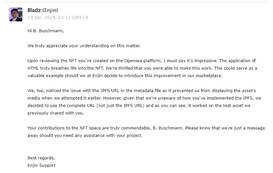
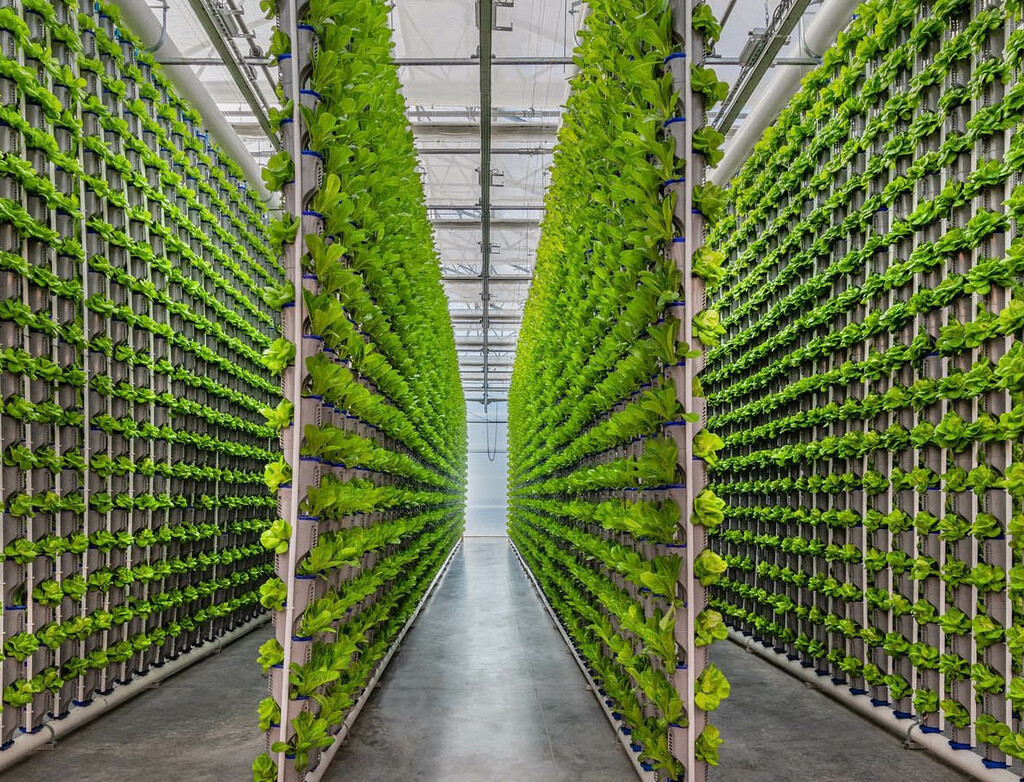
Naturally, greenhouses and indoor facilities are much easier to control than fields or rooftops.
Whether in a hermetically sealed system with airlocks or in a semi-open greenhouse, the plants are at least protected from contaminated rainwater.
However, insects, fungi, viruses, and bacteria invariably find a way to their target.
Always keep the truly helpful and well-organized ISO and GMP guidelines in mind for your projects. It ultimately saves a lot of chaos and problems.
There is no universal wound care product that offers all-around protection.
Safety generally exists only in percentages, never 100%, and Murphy's Law accompanies us all.